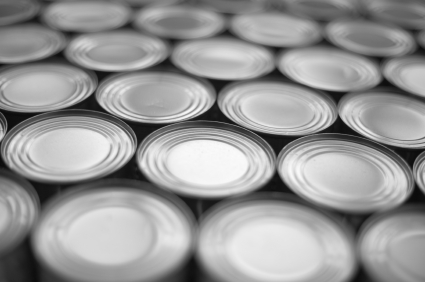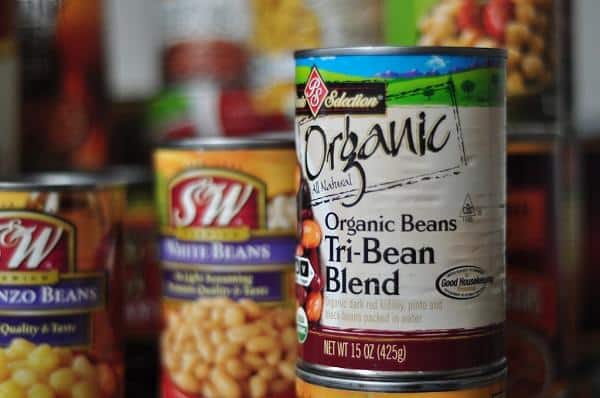In uncertain times, having a plan allows us to have a sense of security knowing essential details are covered. Whether the plan is designed to include the bare bones necessary for immediate survival or is intended to span years, every plan should include some measure of stockpiling.
Stockpiling, or accumulating a large quantity of goods, may often be viewed by onlookers as paranoia, especially in light of reality shows that highlight extreme shopping, but stockpiling is simply a wise practice for anyone when it is included as a part of life.
Homesteaders, of course, know that each year brings new challenges, with disease, drought and other disasters having a major impact on the homestead’s production. Having a stockpile to rely on in tight times, or when faced with difficult circumstances, is essential.
We Found The World’s Healthiest Survival Food — And It Stores For YEARS and YEARS! [2]
New homesteaders naturally will start accumulating foods and other goods that are routinely needed on the property. For homesteaders, maintaining a stockpile of goods becomes part of everyday life.
With any course of action, having a plan will only increase its effectiveness, and this can be as simple as adding a few items each week to your local purchases.
The Basics
 [3]There are at least three key areas to consider when starting a stockpile for your homestead.
[3]There are at least three key areas to consider when starting a stockpile for your homestead.
1. Space and location
What areas can be used for storage: both long and short term? Cool, dry rooms are traditionally thought of as the best areas because they reduce loss due to moisture, but other areas should not be overlooked. It depends what you’re stockpiling. Choose carefully for your intended location. If the electricity fails during heavy rains, could your stockpile be ruined in a flooded basement?
2. Containers and shelves
What about shelving, totes, boxes and other storage containers? But consider carefully the materials, especially plastics which have the potential to leach harmful chemicals into the stored goods. All shelving should allow the stock to be rotated easily to reduce waste.
3. Stockpile but don’t waste
Estimate the needs of those on the homestead. Only store what can be reasonably used before foodstuffs and medications expire, or other materials deteriorate. This may be as simple as marking the date you open a new bottle or jar, and recording the date it is completely used up for an entire month in a small notebook. Then calculate to find the amount used each year.
Only stockpile foods that are of good quality, or that are known to work well for the household. Many have stocked up on high-quality foods that were wasted, because no one ate them.
Perhaps the easiest way to start a stockpile is to set aside a specific amount in the household budget each month to put toward stockpile goods. With as little as $5 a week or even a month, a small accumulation will begin. This amount should be used to buy items that are not produced on the homestead. For those who want a large supply quickly, a fair amount of cash and a well-written plan can make it happen.
What stockpiling advice would you add? Share your tips in the section below:
Discover The Secret To Saving Thousands At The Grocery Store. Read More Here. [4]
